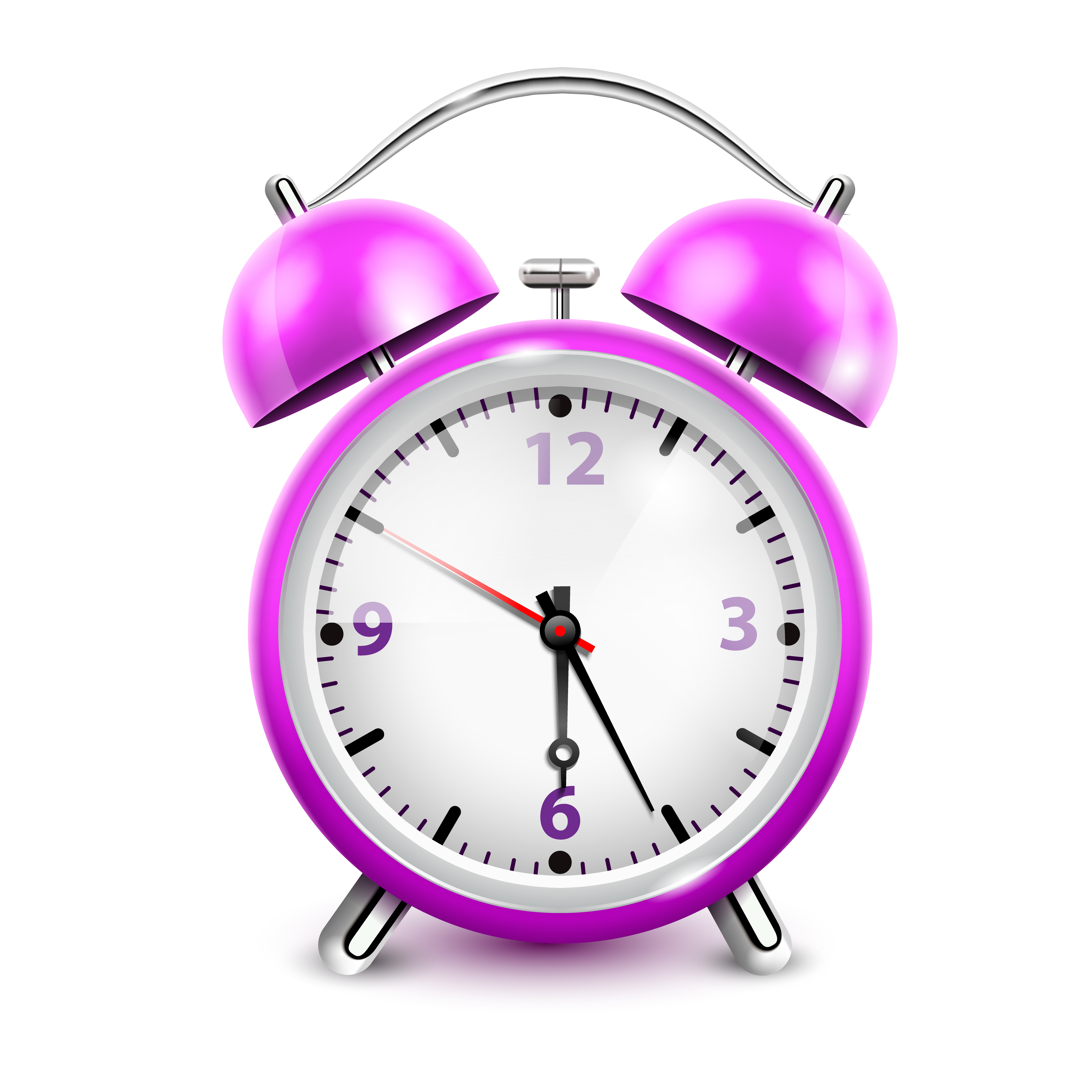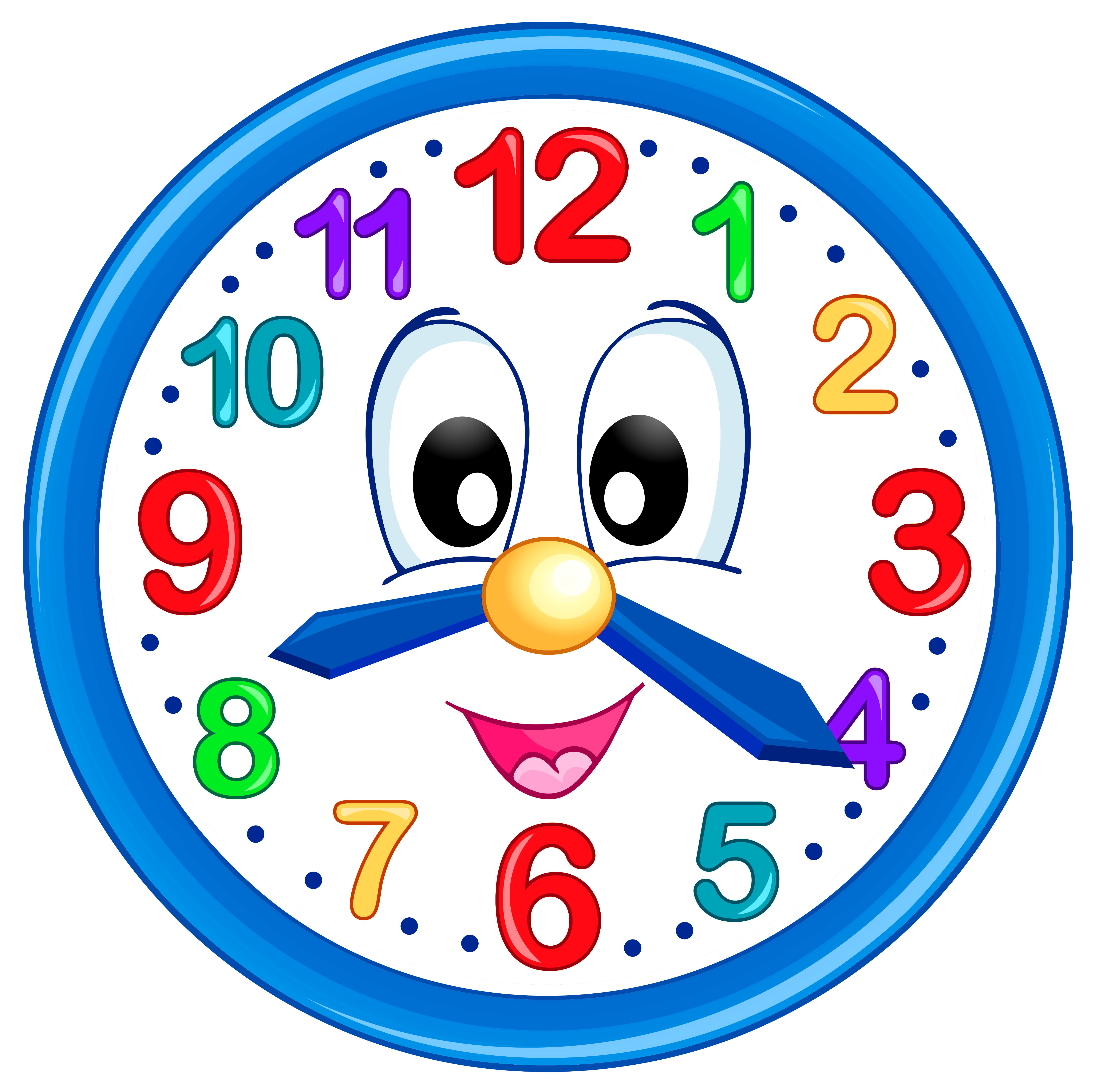

Sleepbuds™ II use nickel-metal hydride (NiMH) battery technology, which has a 30-year history of use in both consumer and medical products. We made considerable improvements in Bose Sleepbuds™ II: The Sleepbuds™ II build on Bose’s proven sleep technology and deliver improved noise-masking performance. Many participants also reported feeling more relaxed and indicated they would continue using Bose sleep technology following the study. In addition, 8 out of 10 reported an overall improvement in sleep quality, and all said the technology effectively blocked sounds such as snoring and urban noise. In addition, when surveyed, most participants felt the product helped them fall asleep easier (86%) and stay asleep (76%). Bose sleep technology was clinically proven to help participants fall asleep faster. The research was conducted by the University of Colorado Anschutz Medical Campus, and the UCHealth CARE Innovation Center, with 50 adults participating over a 10-day period. In November 2019, Bose sponsored a sleep study, using our first-generation noise-masking sleepbuds, to explore the effectiveness of our unique combination of noise-masking and noise-blocking sleep technology on improving sleep quality and relaxation. Cancellation creates quiet in our ear canals masking - in the right conditions - creates quiet in our minds. Masking works because of the way different sounds combine in our inner ears if they have the right match of frequencies and the masking sound is just enough louder than the disturbing sound, the inner ear and brain cannot detect the disturbing sound.


Masking, on the other hand, introduces a soothing, desirable sound to help the brain ignore the disturbance. However, no combination of passive and active technologies for reducing the sound entering a user’s ear can make unwanted noises completely inaudible. In Bose Acoustic Noise Cancelling™ products, noise cancellation is combined with passive blocking to achieve a good reduction of sound at all frequencies. Noise cancelling technology continuously measures, compares, and reacts to outside noise, then cancels it with the opposite signal. If enabled, it will show exactly which colors in the input PNG got matched.Although Bose pioneered noise cancelling technology, we found that masking is better for addressing noises that disturb sleep. Also, for your convenience, we've added the preview mask option. To get rid of these pixels, you can use the edge smoothing option, which mixes the colors of the old and new pixels, making a smooth transition between colors. Often, pixels of the original color pixels still remain on the border or at the edge of old and new colors. It looks at the lightness parameter (geek note: that's "L" in "HSL") of the original pixels and sets the same lightness for the pixels of the new color. To preserve tints, shadows, and gradients in the output PNG, you can activate the "Preserve Color Shades" option. If the similar color match option is set to a value that's greater than 0%, then not only the indicated color is replaced, but also its shades and tones. All pixels of the selected color are immediately replaced with the new color and you can see the effect in the output preview field. The color for the replacement can be specified in the options as a color name, color code, or rgb(r,g,b) function, or you can select it directly from the input image by clicking on a color pixel in the input PNG. For example, you can match 10% of possible green colors, which include sea green, jungle green, and forest green. For example, you can quickly swap red with blue, or yellow with white. This browser-based utility replaces any color in a PNG (Portable Network Graphics) picture with a new color.


 0 kommentar(er)
0 kommentar(er)
